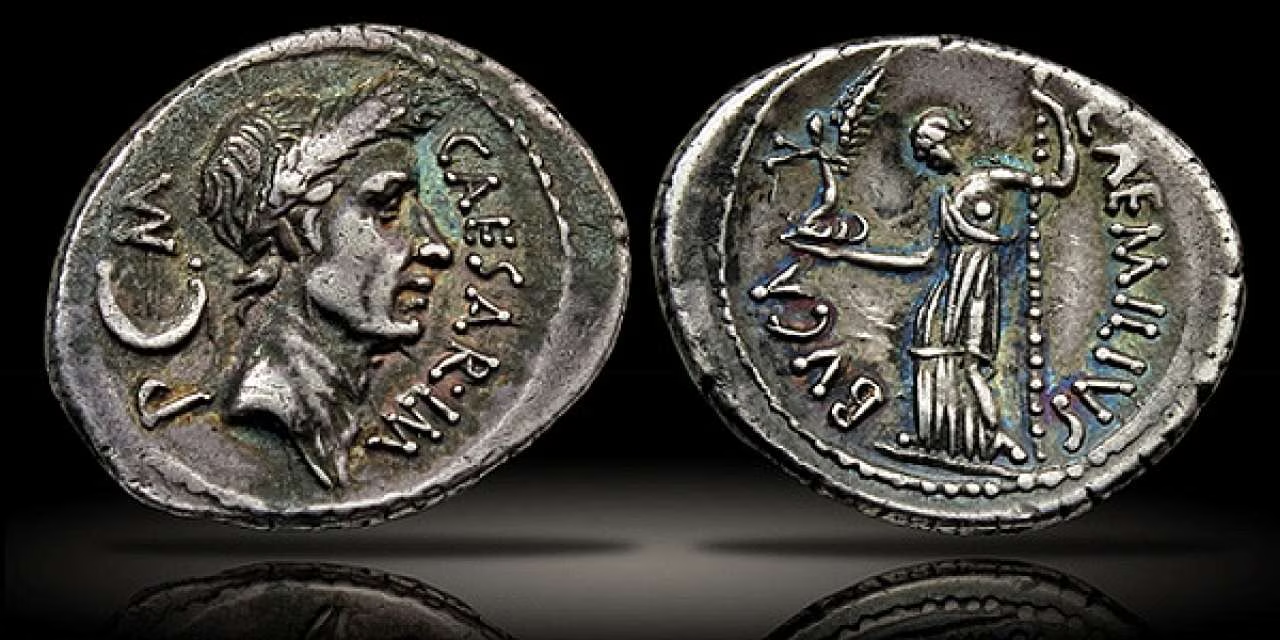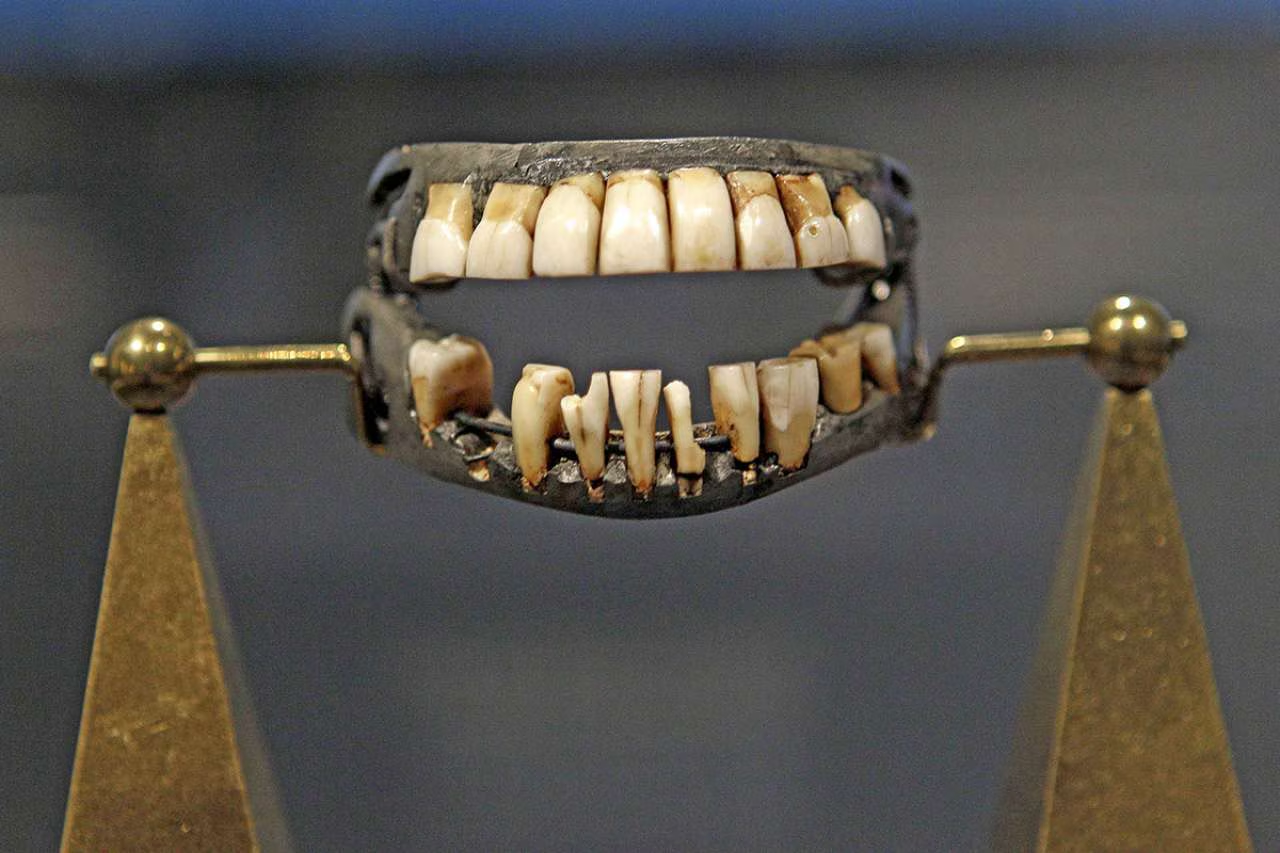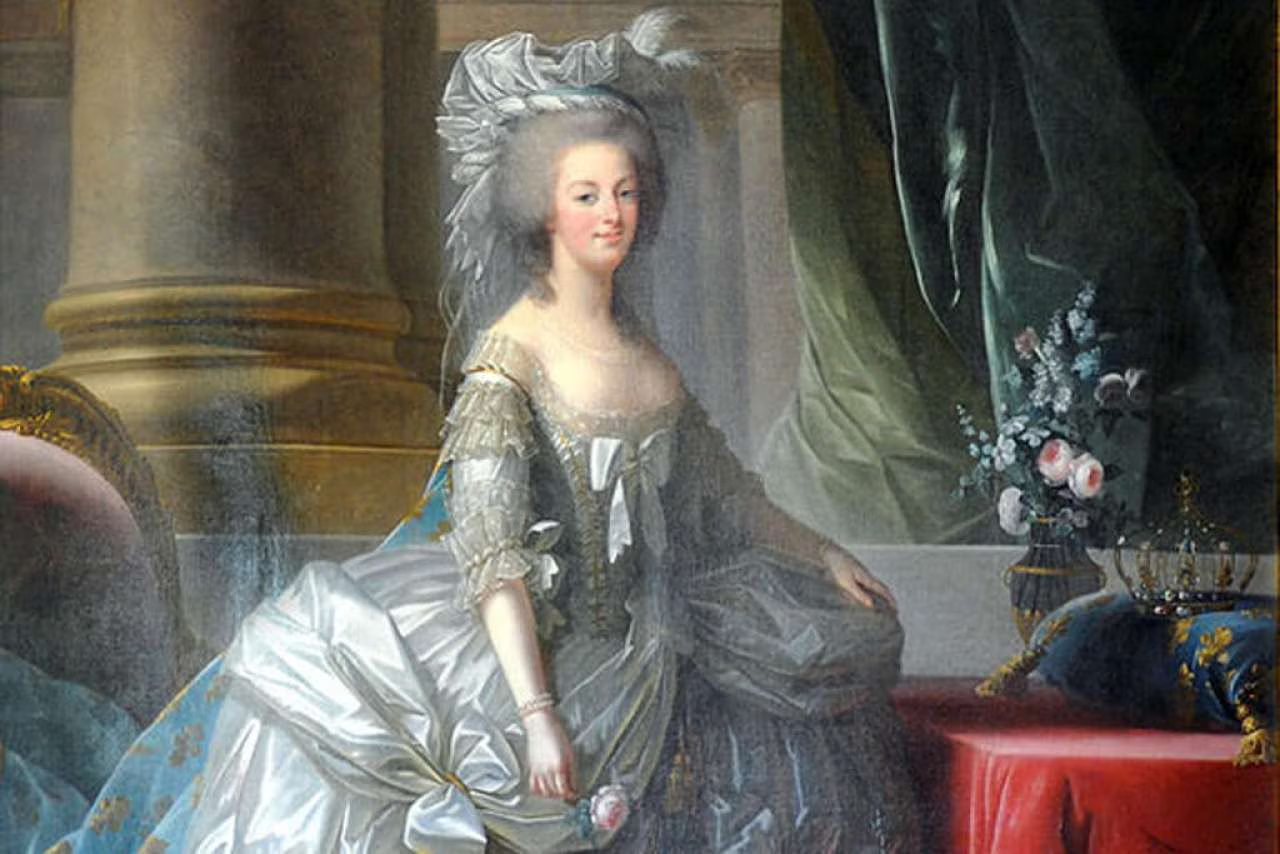
1. salem witch trials resulted in mass burnings

Despite being a terrible period in American history, only 19 persons were put to death during the salem Witch Trials, and the majority of them were hung rather than burnt at the stake. mass burnings are probably associated with mythology and dramatic representations.
2. christopher Columbus believed the Earth was flat

Columbus was an adventurous traveler, yet he understood full well that the Earth was spherical. The myth most likely originates from a misinterpretation of the dominant ideologies of his era.
3. Julius Caesar crossed the Rubicon with a single coin

There is no historical proof that Julius Caesar crossed the Rubicon with a single coin, despite the phrase "crossing the Rubicon" referring to a point beyond which one can go. It's probably an exaggeration of this detail.
4. Vikings Wore Horns on Their Helmets

Even though the Vikings were formidable fighters, there is no proof in the archaeology that they added horns to their helmets. Most likely, popular culture and theatrical plays are the source of this picture.
5. George Washington had wooden teeth

A common misconception is that George Washington wore wooden dentures. Actually, they were probably constructed from a mix of hippopotamus ivory and animal, human, and ivory teeth.
6. Marie Antoinette said "Let Them Eat Cake"

This infamous quote is attributed to Marie Antoinette during the French Revolution. However, there's no concrete historical evidence to support it. It's believed to be a misinterpretation or a fabrication.
7. The Great Wall of china is visible from space

While the Great Wall is a remarkable engineering feat, it's not visible from space with the naked eye. The myth likely stems from exaggerated accounts and the wall's impressive length.




 click and follow Indiaherald WhatsApp channel
click and follow Indiaherald WhatsApp channel